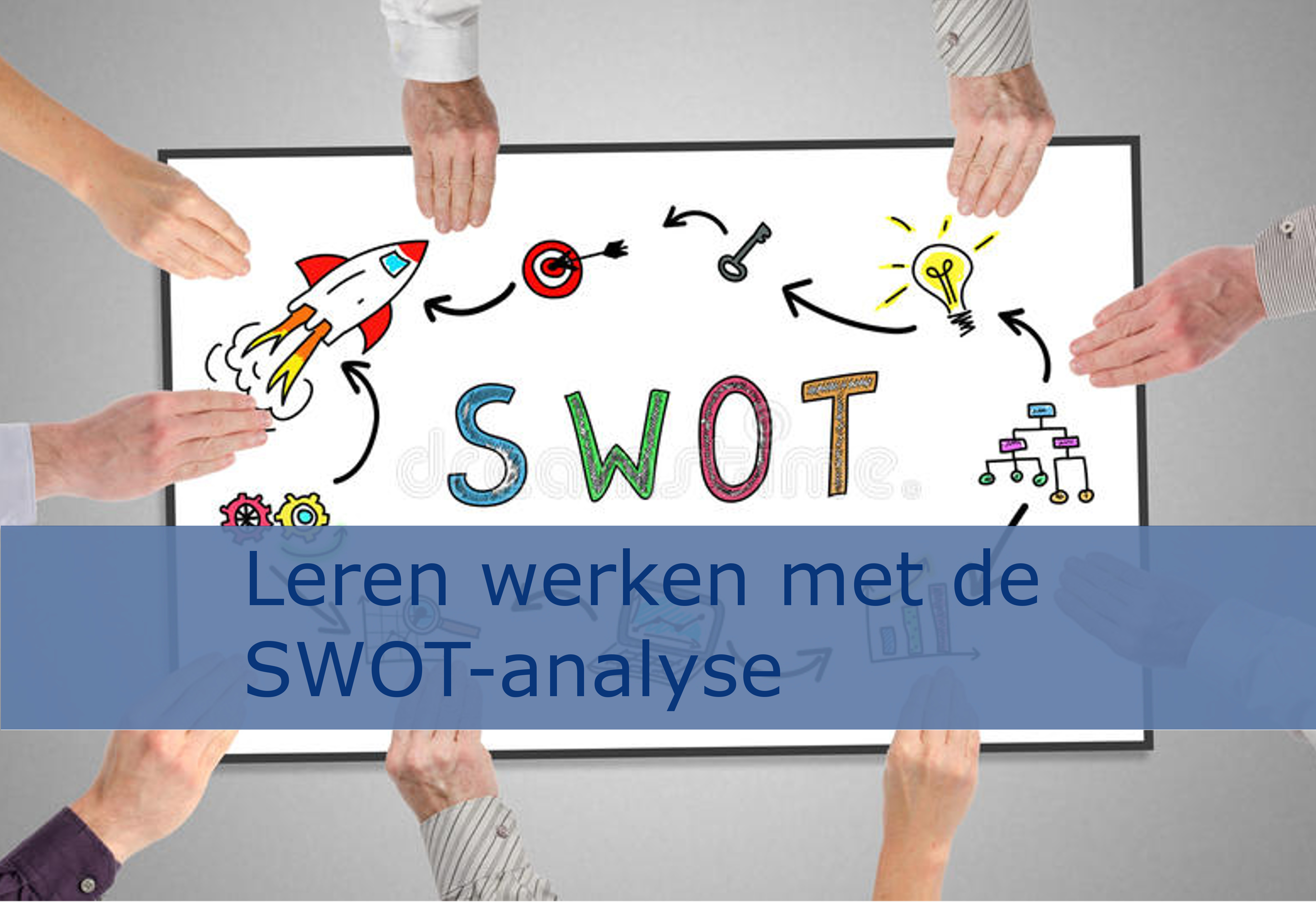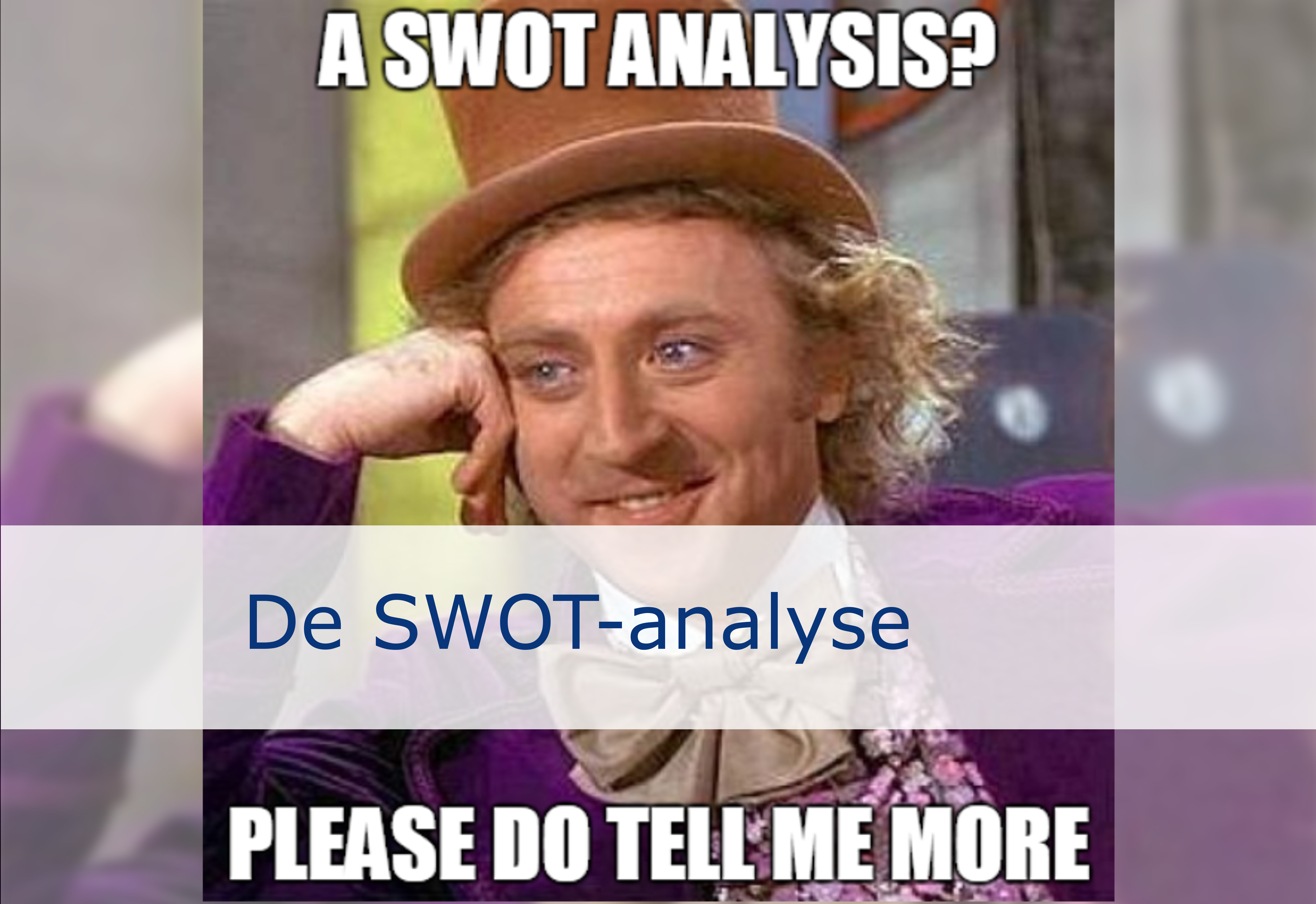
Analyser un problème complexe grâce à un arbre de questionnement (résolution de problème).Lorsqu'on conduit une réflexion stratégique, les questions semblent souvent se bousculer et y répondre est d'autant plus délicat que les réponses dépendent la plupart du temps les unes des autres. Comment être exhaustif sans être redondant ? Cette session propose donc une méthode de résolution de problèmes adaptée à la réflexion stratégique : l'arbre de questionnement. Cette méthode, utilisée par de très nombreux consultants, permet de structurer la réflexion et de hiérarchiser rapidement les questions et les objectifs stratégiques. Elle est ici illustrée par deux cas concrets permettant une appropriation rapide.
Wanneer we een strategische analyse maken, komen er vaak allerlei vragen in ons op. Het beantwoorden van die vragen is vaak lastig omdat de antwoorden meestal van elkaar afhankelijk zijn. Hoe kunnen we alles aan bod laten komen zonder dat er overlap ontstaat? In deze sessie maakt u kennis met een methode voor het oplossen van problemen die met name geschikt is voor strategisch denken : de probleemboom. Deze methode, die wordt gebruikt door talloze adviesbureaus, helpt u om uw gedachten te ordenen, prioriteiten te stellen en strategische doelen te identificeren. Opdat u de methode van de probleemboom snel onder de knie krijgt, gebruiken we twee concrete voorbeelden ter illustratie.
Apply for this course
● What determines competition between groups
● How the parent company brings value to its business
● The 3 ways in which parental advantage functions
This course is in Dutch or French only. If this is not a problem for you, by all means go ahead and apply.
Apply for this course

● What is a SWOT analysis?
● In what order should you carry out the analysis?
● What are the most common pitfalls?
● What are the limitations of SWOT analysis?
This course is in Dutch or French only. If this is not a problem for you, by all means go ahead and apply.
Apply for this course

● What is a SWOT analysis?
This course is in Dutch or French only. If this is not a problem for you, by all means go ahead and apply.
Apply for this course

Why one can say that Porter's model:
● is too static
● does not sufficiently reflect hypercompetition
● mixes up operational sources with organisational sources of performance
This course is in Dutch or French only. If this is not a problem for you, by all means go ahead and apply.
Apply for this course

● The criteria to analyse a company's competitive positioning (5 forces)
● How competitive intensity is created in a market
● The strategies that create a lasting competitive edge
This course is in Dutch or French only. If this is not a problem for you, by all means go ahead and apply.
Apply for this course
